|
Wisley's Alpine Log
By Paul Cumbleton
Log 6 14th March 2008
Hepatica!
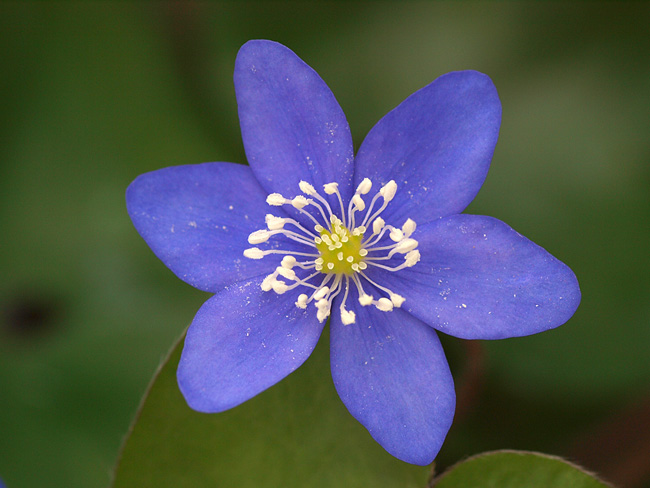
Hepatica nobilis typical blue
After months of planning, our "Hepatica Spectacular" exhibit opened last Saturday. It took three days to remove the normal exhibit of alpines and bulbs and then install the Hepatica. We wanted it to live up to its title of spectacular so we put a lot of effort into each individual plant as well as the overall effect. We even cleaned each leaf of every plant till they shone!
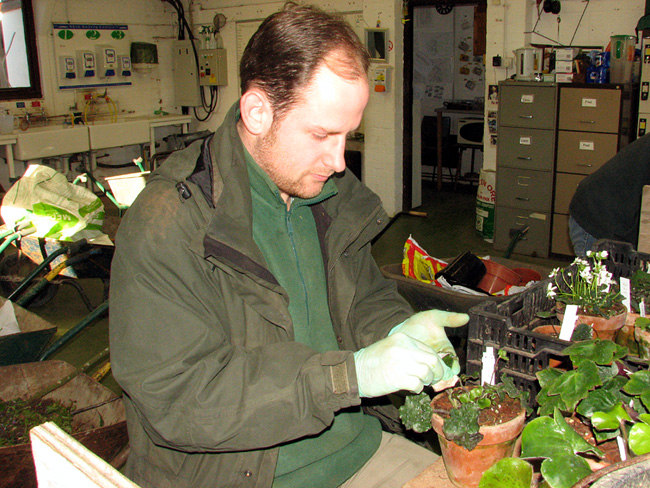
Wiping Hepatica leaves
Meanwhile, logs were being planted

Hepatica in log
while up to ten people at a time were plunging pots:

Plunging pots
Finishing touches were added and with literally only minutes left before our deadline we were ready. We were really pleased with the overall effect:

Hepatica exhibit
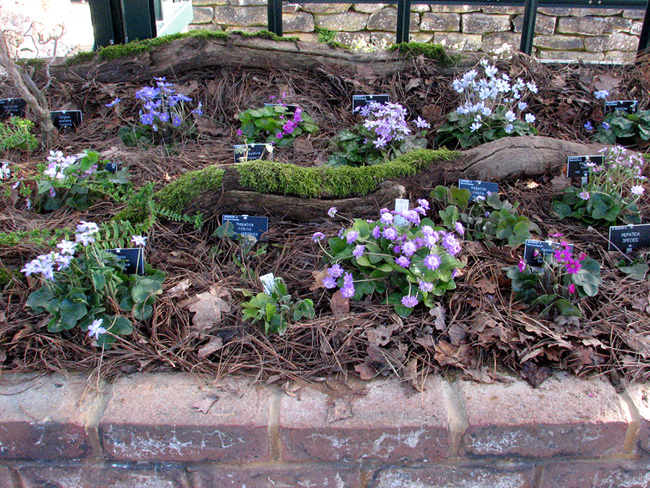
Hepatica exhibit 2

Hepatica exhibit 3
You will observe that we used pine needles around the plants - we had originally intended to use leaves, to suggest a deciduous forest floor typical of Hepatica habitat. However, the high winds of recent days threatened to blow the whole lot away, so we had to change to the pine needles which knit together and stay put.
So what have we got out on display? The majority are forms of Hepatica nobilis, both European types and many of the var. japonica forms from Japan. I will give cultivar names where they exist, but quite a lot of our plants are selected but un-named seedlings. Here is a kaleidoscope of just some of the amazing flowers to be enjoyed:

H. nobilis var japonica 'Seizan'
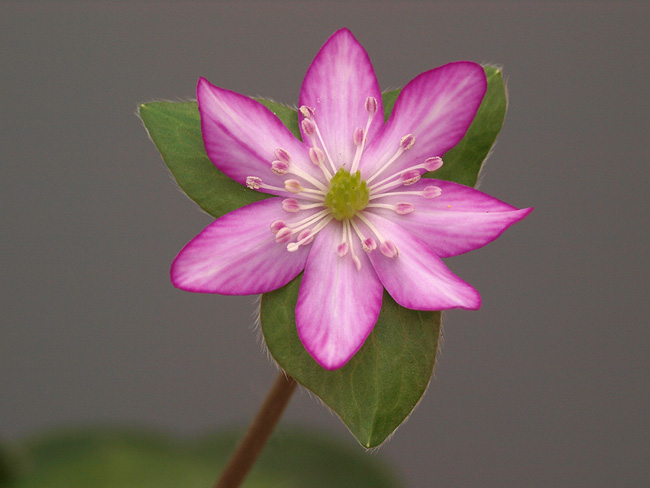
Un-named 1
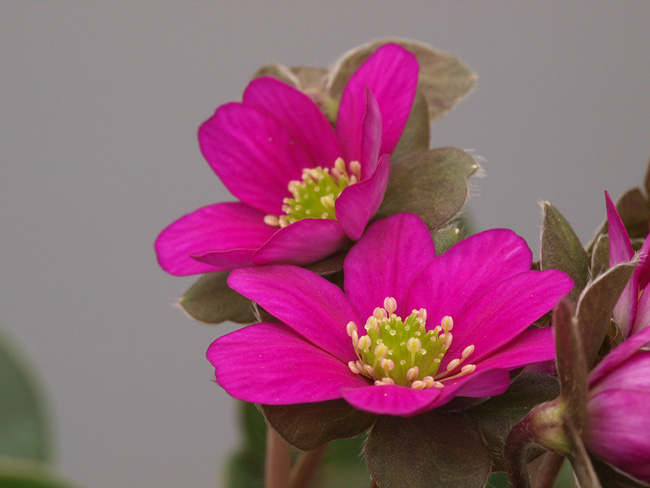
Beni Suzume
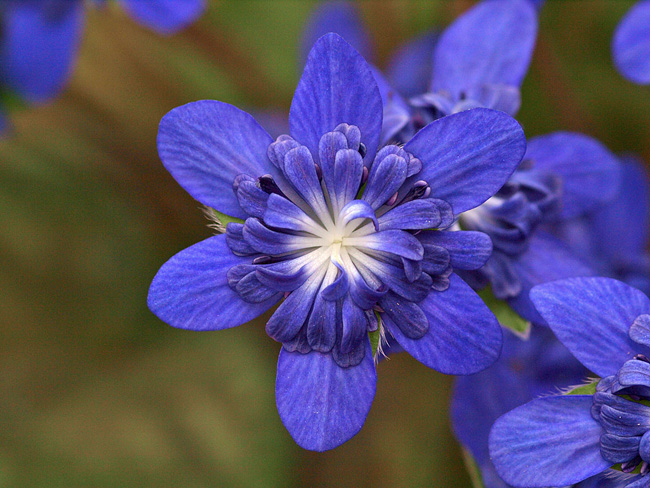
Blue double San-dan form
.jpg)
Blue double San-dan form (2)

H. nobilis var japonica 'Shiyou'
The huge range of forms and colours in the Japanese forms arise largely from mutations affecting the reproductive parts of the flower, and the Japanese place plants into various categories based on the exact nature of the form. As an introduction to this, here firstly is a 'normal' single flower:
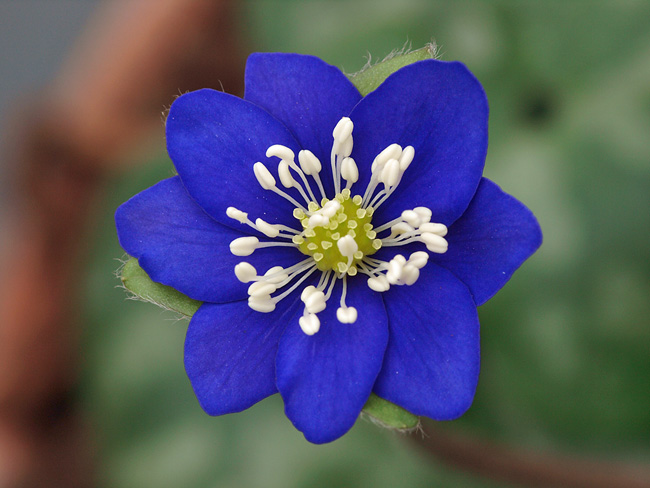
Normal single, good blue
In this (wonderful blue!) example, right in the middle are the greenish coloured female organs (stigmas & styles). Around them is a whorl of white male organs (anthers & filaments). Sometimes, the anthers mutate and turn into another whorl of petals, while the female parts remain normal. These may be regarded as "semi-doubles". Here are some examples of this, with the anthers changing to varying degrees in different plants:

Un-named Ni-Dan form

H. nobilis var japonica 'Wabune'
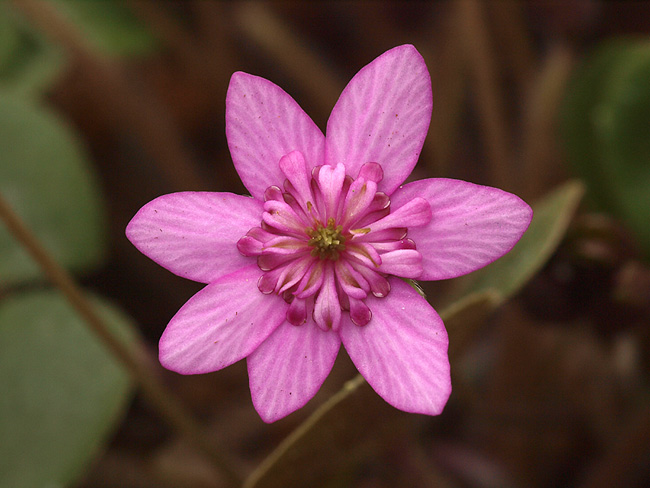
H. nobilis var japonica un-named 2
Each form is given a descriptive name (such as "Ni-Dan" as shown above). Note these are not cultivar names, just a descriptive name for the form of the flower.
Other mutations may lead to the female parts also becoming "petaloid" as it is called, and this gives various forms of fully double flowers such as the following:

H. nobilis var japonica 'Kouraku'

H. nobilis var japonica 'Kousei'
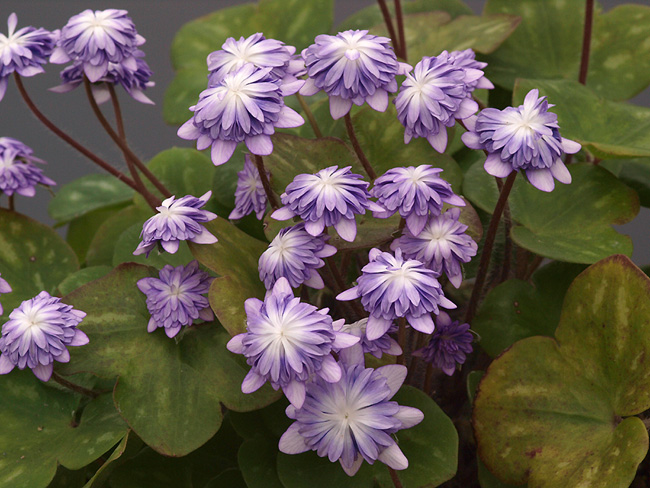
H. nobilis var japonica un-named 3
Most fully doubles are sterile, but just occasionally they may produce the odd normal anther or stigma and these are highly prized as sources of breeding material to produce further remarkable forms. Here is an example where just a few stigmas have remained normal:
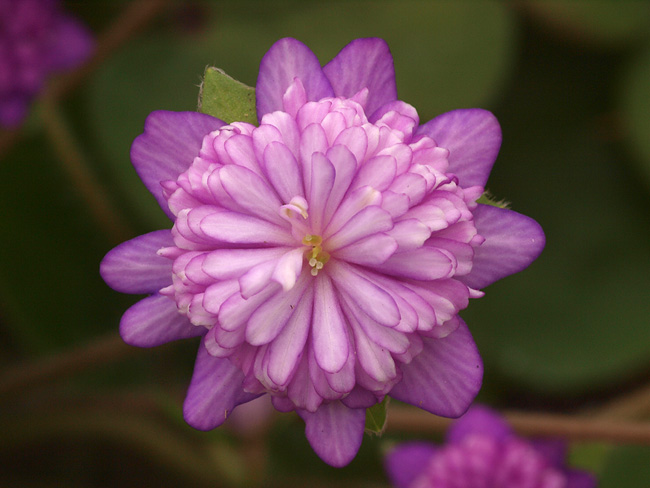
H. nobilis var japonica 'Karako'
There are all kinds of "intermediates" between the forms I have described. All this gives the huge range of forms that are available today. In this example, the stigmas are normal but the anthers are completely absent:

Form with no anthers
Next time I'll continue with Hepatica, talk about cultivation…. and of course show more pictures! But I will leave you with one more picture here - one of my personal favourites:

H. nobilis var japonica 'Kimon'
^ back to the top ^
|

